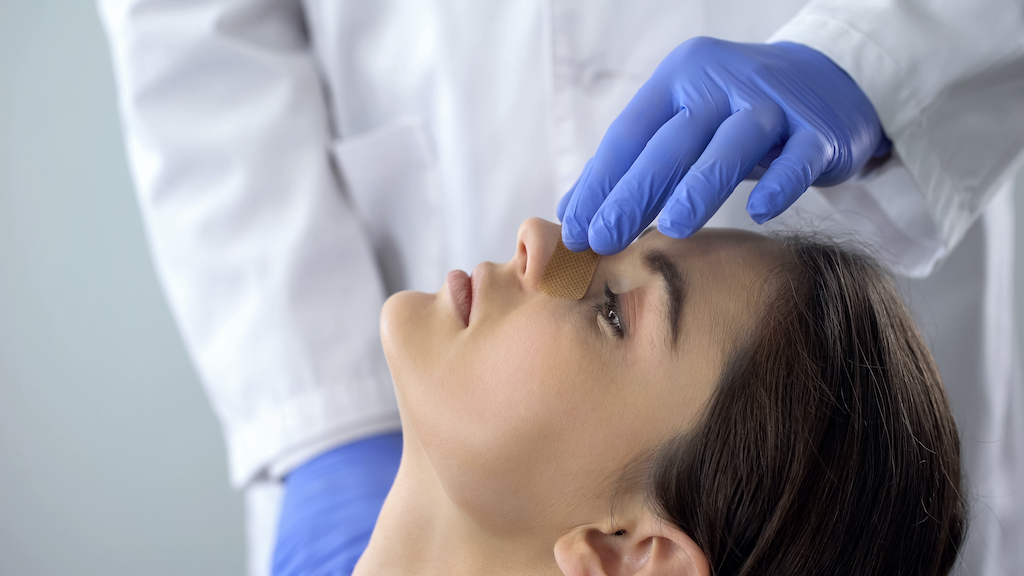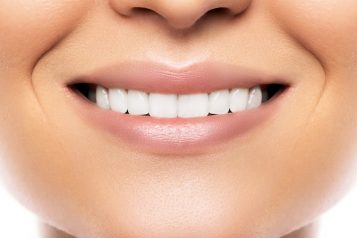Eric Shiah, BA contributed to this article.
Dr. Samuel Lin is a double board-certified Plastic Surgeon and Associate Professor of Surgery at Harvard Medical School who practices in Boston, Massachusetts. Dr. Lin is an active Board Member of the Susan G. Komen for the Cure and Bright Pink Foundations. Dr. Lin is active in both basic science and clinical research with a focus on face/neck/nose surgery (rhinoplasty), breast surgery (reduction, lift, and reconstruction), and body contouring. He collaborates with engineers, scientists, and other plastic surgeons at other institutions within the New England area, nationally, and internationally. He is the editor of several medical textbooks including Aesthetic Atlas of the Head and Neck, Atlas of Body Contouring, and Plastic and Reconstructive Surgery Pearls of Wisdom and Pearls of Wisdom Second and Third Editions. Haute Beauty Expert Dr. Samuel Lin explains how a revision rhinoplasty corrects the aesthetics or functionality of prior nose surgeries.
 Photo Credit: ShutterstockRevision rhinoplasty is a surgical procedure that aims to correct, reverse a change, or improve upon a previous rhinoplasty surgery for appearance or breathing. Although many patients are pleased with the results of their rhinoplasty, some patients may not be fully satisfied with certain features or the end result or change their mind about their interests. Revision rhinoplasty is also often done to correct any functional breathing issues potentially caused by prior nose surgeries, trauma, or present over time.
Photo Credit: ShutterstockRevision rhinoplasty is a surgical procedure that aims to correct, reverse a change, or improve upon a previous rhinoplasty surgery for appearance or breathing. Although many patients are pleased with the results of their rhinoplasty, some patients may not be fully satisfied with certain features or the end result or change their mind about their interests. Revision rhinoplasty is also often done to correct any functional breathing issues potentially caused by prior nose surgeries, trauma, or present over time.
Considering Revision Rhinoplasty
Although only occasionally, undesirable results can occur after rhinoplasty. Whether it be from a complication from infection, unpredictable healing patterns/scarring, or physical injury, sometimes the results are not exactly what is desired. There are a variety of valid reasons for desiring a revision rhinoplasty:
– Correct asymmetry
– Presence of a callous, scarring, or bump
– Nose is still too large, wide, thin, long, or short
– Nose is angled too much or not enough
– Over-projected or under-projected tip
– Nose does not look natural or balanced with the face as seen by the patient
– Problems breathing
– Excessive scarring
– Surgery was not completely satisfactory
It is important to consult a board-certified plastic surgeon who performs rhinoplasty regularly when considering a revision rhinoplasty surgery, as sometimes a different facial plastic surgery procedure may be more suitable to address your needs.
Who is a good candidate for revision rhinoplasty?
Anyone who is seeking to correct or enhance results from prior nose surgery procedures, and who is in otherwise good health, could be a good candidate for revision rhinoplasty. Ideally, patients should be at least one year or longer from any prior nose procedures to allow sufficient time for healing. This provides ideal conditions for accurate assessment and planning.
 Photo Credit: ShutterstockProcedure Overview
Photo Credit: ShutterstockProcedure Overview
Revision rhinoplasty can be one of the most difficult, challenging, plastic surgery procedures to perform. It involves effectively restoring the shape and function of the nose, as well as correcting and improving on the negative outcomes of prior procedures. The difficulty is further compounded by the fact that the nose anatomy has been altered, and that scar tissue can be very difficult to work with. Scar tissue is significantly tougher and less flexible than undamaged tissue. A surgeon performing revision rhinoplasty has to navigate around or incorporate leftover scar tissue while minimizing further damage from the surgery.
The procedure varies depending on the corrections sought after from previous surgeries. Oftentimes, revision rhinoplasty requires additional cartilage to reshape the nose and restore a functional airway due to over-aggressive removal of cartilage and/or bone during the primary rhinoplasty. The additional cartilage may be taken from the ear or rib, and sometimes tissue from the temporal area is also used. Depending on the extent of the revision rhinoplasty, an open incision made to the skin between the nostrils or a closed incision hidden within the nostrils is performed. Overall, a revision rhinoplasty can take more planning or longer to perform compared to a primary rhinoplasty, taking between two to four hours. It is performed under general anesthesia frequently.
Recovery Process
The recovery process for a revision rhinoplasty is very similar to that of primary rhinoplasty. Patients will likely experience some swelling, bruising, and pain, which should subside within two weeks. Swelling, however, may last for another one or two months. Patients should avoid any physical activities for 48 hours after the surgery, and most patients are able to return to work within two weeks. The majority of healing typically resolves after three months but then requires more than a year for swelling to decrease.
Results and Expectations
As the swelling of the new nose subsides, results of a more balanced nose and improved flow of air can be observed frequently. Well-performed revision rhinoplasty may result in a natural-looking nose that helps bring out other features of the face.
As with any surgery, it is important to acknowledge realistic objectives as discussed with your plastic surgeon. By maintaining realistic expectations and open communication with your plastic surgeon, patients are more likely to have higher satisfaction with results.
For more information, visit Dr. Brian A. Levine's social media:

























